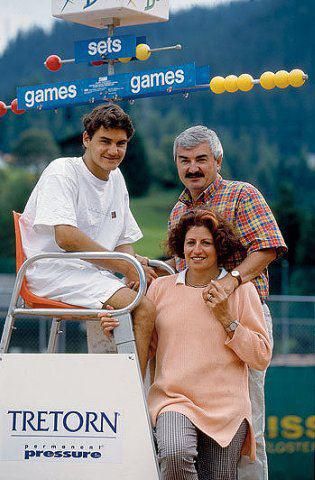Q: Have your viewpoint changed on how parents should be involved in their kid’s tennis journey after you’ve become a parent yourself?
Yeah, of course.
I get reminded every single day as a coach. It doesn’t matter what level it is.
I lived in the states 10 years and I worked with decent players, bad players, and then you see parents who want it more than the kids and that is very sad for me to see. It’s a problem that the parents want too much and want to get involved and tell the coach. I had so many times a parent come up to me and say: “My son needs to work on this and this.”
I said, “Listen, sit down and I’ll have a look and see what I think.”
Then the parents became quieter. But that’s how you have to act. You just have to say, hey. You took a lesson from me, so sit down. You know, it’s very common around the world that the parents are too involved.
Q: Have you found that changing over the years that the parents have become more involved or at least wanting to be more involved?
Yes, definitely. I believe a big reason is the money involved, which then makes the parents getting involved, too. They want their kid to be good and be making money. And, that’s the way it is. And it doesn’t matter what sport it is. Some money is always involved in the big sports, like tennis. So, parents are more involved. That’s just way it is.






